Fleets are being encouraged to have their say on the expansion and earlier introduction of the ultra-low emission zone (ULEZ) in London.
A detailed consultation is expected to be launched this month after Londoners gave their support to the mayor of London’s proposals.
One in four (79%) backed mayor Sadiq Khan’s plan to bring the introduction of ULEZ forward from 2020 to 2019, and 71% said they believed it should be expanded to the North and South Circular.
There was even stronger support for implementing an early £10 emissions surcharge – dubbed the T-charge – on the most polluting vehicles entering central London from next year.
The consultation found 81% supported the charge, which would apply to all vehicles with pre-Euro 4 emissions standards – typically those registered before 2005 – and would cost an extra £10 per day on top of the existing congestion levy.
The consultation results also indicated widespread support for the mayor’s call to government for a diesel scrappage scheme to help Londoners switch away from the most polluting cars although there is little appetite among MPs for this..
Khan said: “Londoners were clear they supported my proposals, with a clear majority in favour of not only introducing the ULEZ earlier in 2019, but extending it beyond central London.
“They are also strongly in favour of the T-charge and, most importantly, Londoners were clear that government needs to do its bit to help meet the new ULEZ standards and that it should fund a scrappage scheme.”
The outcome of this consultation is being used by city hall officials to shape the next round, which will start in October. It will include a more detailed and specific consultation on the T-charge reflecting comments made in the first round - ready for implementing in 2017.
Tim Ward, freight and fleet communications and engagement manager at Transport for London (TfL), said: “They are all proposals at the moment and, if you’re working or operating in London, we want to hear your views when the consultation gets underway, because if we don’t, we can’t build them into our projects and programmes.”
Transport accounts for around 60% of nitrogen dioxide (NO2) emissions in the capital, of which cars contribute 28%, vans 9%, HGVs 18% and buses/coaches 16%.
Air quality concerns and a growing population have made addressing the issue a priority for the new mayor.
The population currently stands at 8.3 million people and it is expected to hit 10 million by 2030. Ward said: “That’s the equivalent of the populations of both Birmingham and Leeds moving to London in the next 14 years.”
As it stands, the ULEZ will require diesel cars and small vans to be Euro 6-compliant (registered from September 1, 2015; five years old or less in 2020) and Euro 4 for petrol powertrains (registered from January 1, 2006; 14 years old or less in 2020).
Large vans and minibuses will be required to be Euro 6-compliant for diesel engines (registered from September 1, 2016; four years old or less in 2020) and Euro 4 for petrol (registered from January 1, 2007; 13 years old or less in 2020).
Heavy goods vehicles (HGVs), meanwhile, will have to be Euro 6-compliant (registered from January 1, 2014, six years old or less in 2020).
Khan has already implemented a new programme of air quality advice and alerts. On the day before high and very high air pollution days, alerts will now be displayed on road signs, at bus stops and station entrances.
He has also instructed TfL to take the lead by stepping up its bus retrofit programme and introducing the first of a series of ‘Low Emission Bus Zones’ – prioritising the greenest buses on the worst polluted routes.
He says he only wants TfL to procure hybrid or zero-emission double-decker buses from 2018. Two new all-electric bus routes were launched recently, using 51 all-electric single deck buses. This takes the number of electric buses in use in London to 73, making it the largest electric bus fleet in Europe.

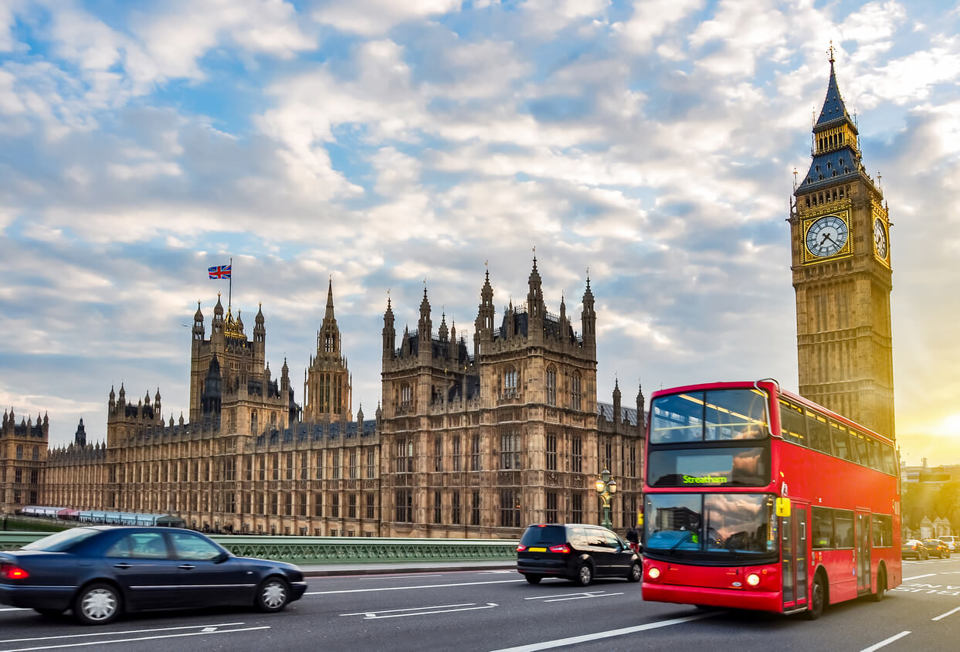



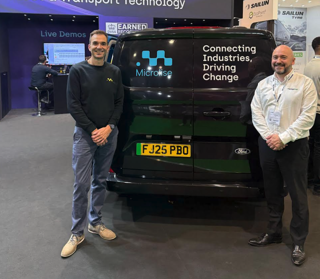
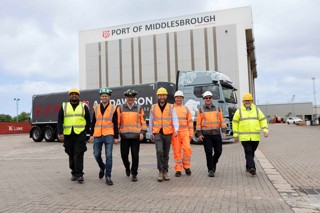

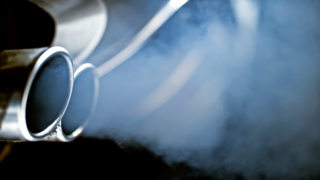
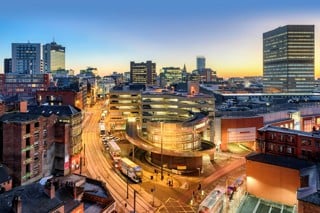







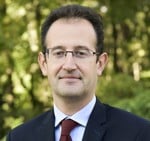




Login to comment
Comments
No comments have been made yet.